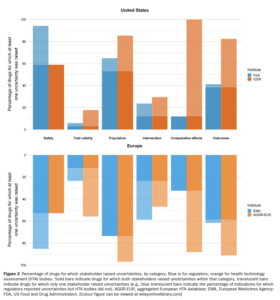APAC insurers can withstand a 10% regional equity markets drop – S&P

APAC insurers can withstand a 10% regional equity markets drop – S&P | Insurance Business Asia
Insurance News
APAC insurers can withstand a 10% regional equity markets drop – S&P
Tests identified companies more exposed to ratings pressure
Insurance News
By
Roxanne Libatique
Insurers in Asia-Pacific can survive even if equity markets wobble, according to the latest S&P Global Ratings (S&P) stress tests.
A thin capital adequacy buffer weakens the ability of companies to contend with unexpected events. S&P designed its stress tests to identify insurance companies in Asia-Pacific that could be more exposed to ratings pressure if regional equity markets materially decline this year.
S&P used its capital model to identify rated insurance companies whose capital adequacy buffer or credit ratings would be at risk if equity markets dropped. It omitted insurers it recently reviewed because the assessments captured equity market movements and insurers without exposure to equities.
Stress tests’ findings
The report found that insurers in Asia-Pacific can withstand full write-off equity investments without affecting their credit ratings, with nearly half of insurers rated by S&P holding a level of capital within 10% of the capital adequacy to support the credit rating, based on their recent full-year results. Meanwhile, around 30% are within 5% of that threshold.
“The results of our tests lead us to expect the unrealized, or realized, losses from an equity market fall could weaken earnings and, in turn, squeeze capital adequacy of Asia-Pacific insurers. This would affect the financial risk profile assessment. A weaker financial risk profile assessment could affect the stand-alone credit quality and rating on an issuer,” S&P said.
“Most insurers tend to apply a conservative risk appetite when investing assets that support policyholder obligations.
“However, an insurer’s total investment portfolio can be broadly separated into at least two groups. The first group of investment assets is held to support future policy claims. This group typically has a higher proportion of lower-risk, fixed-income securities.
“The second investment asset group captures assets held over-and-above what’s required to support expected future policyholder claims. The investment risk appetite of the additional assets can contain more growth assets, such as equities, compared with the investments held in support of future claims.”
Related Stories
Keep up with the latest news and events
Join our mailing list, it’s free!







